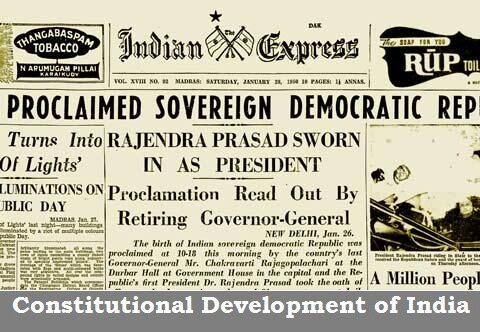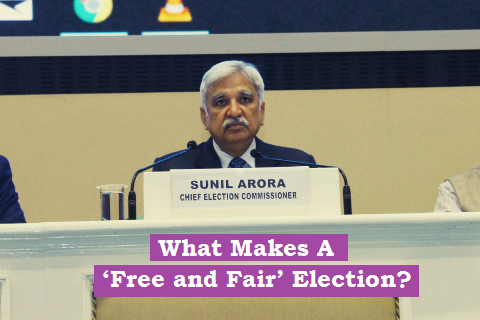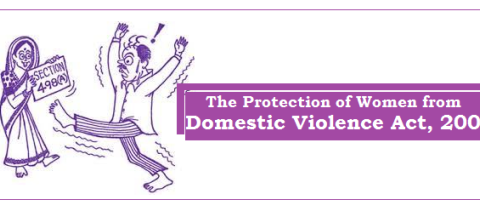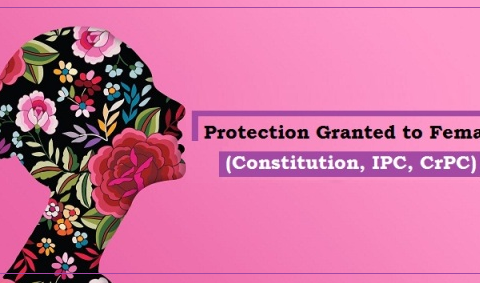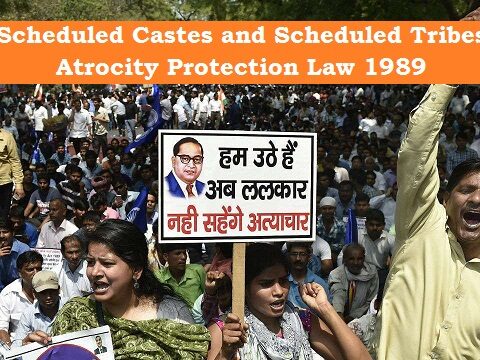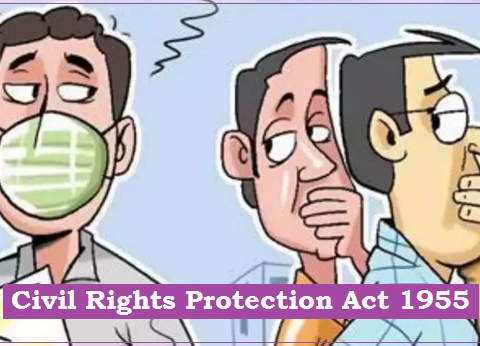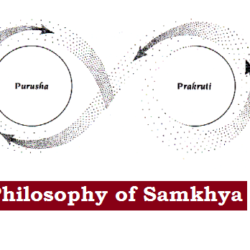Category: Constitution of India & Polity
Constitutional Development of India (1773-1950)
Background 1765 East India Company obtained ‘Diwani’ (revenue and civil rights) and company rule started in India. There were many steps taken to administer and regulate company affairs in India…
What Makes A ‘Free and Fair’ Election? (EPW Article)
The run-up to the 2019 general elections the ECI faces accusations of inadequate responses to MCC violations and former bureaucrats have written to the President accusing the ECI of a…
The Protection of Women from Domestic Violence Act, 2005
The Protection of Women from Domestic Violence Act (PWDVA), instituted in 2005, is a landmark legislation aimed at protecting women from violence in domestic relationships. It enshrines principles of the Convention on the…
Protection Granted to Females (Constitution, IPC, CrPC)
Constitutional Provisions The Constitution of India not only protects women from exploitation and discrimination but also empowers the State to adopt measures of positive discrimination in favour of women for…
Scheduled Castes and Scheduled Tribes Atrocity Protection Law 1989
The Scheduled Castes and Tribes (Prevention of Atrocities) Act (PoA Act), 1989, also known as the SC/ST Act is enacted to prevent atrocities against Scheduled Castes and Scheduled Tribes. The…
Civil Rights protection Act 1955
Indian Constitution through Article 17 abolished “Untouchability” and its practice in any form is forbidden. To enforce the Article, Parliament has an enacted Untouchability (Offences) Act, 1955 which was amended with…
Information Technology Act 2000
The Information Technology Act, 2000 also aims to provide for the legal framework so that legal sanctity is accorded to all electronic records and other activities carried out by electronic…
Amendment of the Constitution
Art 368 deals with the powers of the Parliament to amend the Constitution and its procedure. The amendment procedure laid down is rigid and flexible; flexible to include the changed…
Emergency Provisions in the Constitution
Art 352- Art 360 deal with emergency provisions, incorporated to safeguard the sovereignty, unity and integrity of the country. These provisions empower the Union Govt to meet certain unforeseen emergencies…
Panchayats and Municipalities
The history of Panchayati Raj starts from the self-sufficient and self-governing village communities. In the time of the Rig-Veda (1700 BC), evidence suggests that self-governing village bodies called ‘sabhas’ existed. With the…

 Home
Home Syllabus
Syllabus Contact Us
Contact Us